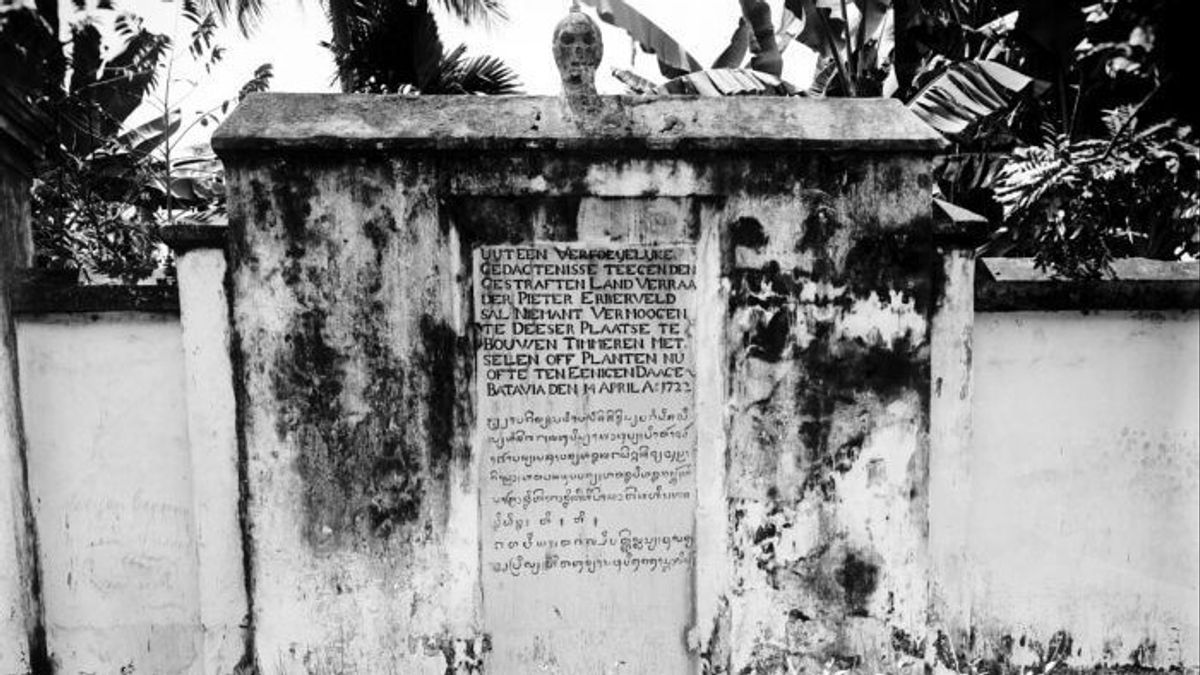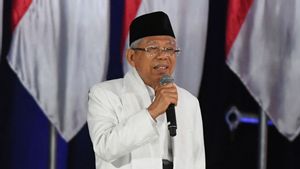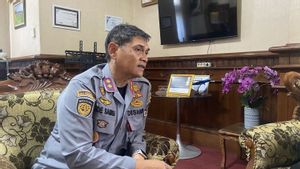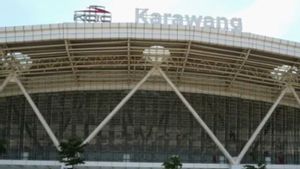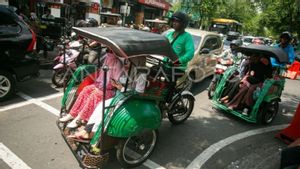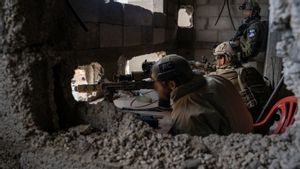JAKARTA - He is the most cursed rebel in the eyes of the Dutch. For Japan, he was a symbol of resistance to the Colonial. For the Indonesian nation, he is a fighter for independence. He was not born from a motherland breed. He was a resident of the Eurasian (Indo-European) Batavia. This is the story of Pieter Erberveld.
In 1721, Pieter Erberveld put together a plan to expel the Dutch. He held a series of meetings with other native friends. However, right before the D-day of the plan, the news of Erberveld's movements leaked to the ears of the Company. One of his native colleagues turned traitor.
As a result, as William Bradley Norton relates in his article - which later became a book - entitled The Hero of Batavia, "Erberveld was immediately arrested and executed in a grisly manner along with his fellow rebels --Cartadrie, 14 other men and three women," written.
Erberveld's execution earned him the memory of the "Prince of Broken Skins". The nickname describes how terrible the executions were. Erberveld's hands and feet were tied and pulled by four horses running in opposite directions. Erberveld's body was split into four pieces.
Not finished. Erberveld's head was then decapitated and thrust into a spear. One year later, on April 14, 1722 to be precise, the Dutch built a monument. The monument in Dutch and Javanese language was made with the aim of making Erberveld's story a memorial to the public.
“As a disgusting memento of the punishment of the traitor: Pieter Erberveld. Because it is announced to anyone, from now on it is not permissible to build with wood, lay bricks and plant anything in this place and its surroundings. Batavia, April 14, 1722, ”the monument said.

In the past, this monument could be visited in the Jacatraweg area - now it is the prince Jayakarta street. At that time, the Erberveld Head Monument was famous because it was traversed by an electric tram line that operated in 1925. Tourists traveling to the Dutch East Indies at that time at least had the time to see or even stop at the monument which is said to be the conspiracy of 1721.
Jacatraweg was so famous at that time that Mr Speenholf wrote a song with a quoted verse: At long last I enjoyed my self / ouside Batavia along the green / heather on Jaketra road.
Monument building strategy can be said to be effective. Why? Because after this incident, there were almost no more rebellions against the Company in Batavia. This fact was revealed by Mayumi Yamamoto in the book Heroes of Batavia.
Kaneko Mitsuhari, in an anthology of books entitled Kaneko Mitsuhari Shishu, reveals that the Erberveld Head Monument is even more famous than the bronze statue of the Governor General and founder of Batavia, Jan Pieterszoon Coen.
See the Erberveld Monument directly
From the story of the Erberveld Monument, we can learn a lot about independence. So, where to go to see the monument? Is he still standing in the same place in Kampung Pecah Kulit, Jalan Jacatraweg aka Jalan Pangeran Jayakarta?
Unfortunately, the information we have revealed that the monument was dismantled in 1942. At that time, the demolition was accompanied by a burial ceremony for the skull by Japanese troops. They consider Erberveld to depict too much of the dark history of the colonial period. And that history is erased.
After Indonesia's independence, the monument was re-established. However, not at the place of origin in Jacatraweg. Now, the Erbelveld Monument stands proudly in the Taman Prasasti Museum or formerly known as Kerkhof Laan. We visited it, set foot in the museum that was once dubbed the Graff der Holanders cemetery.

There, we can find the grave of the wife of the British Governor General Thomas Stamford Raffles, Olivia Marianne Raffles. In addition, we can also find the tomb of the founder of the medical school, Stovia, Dr. HF Roll, who died in 1935. We can also find the grave of the writer of the diary Notes of a Demonstrator, Soe Hok Gie.
Our steps ended in front of a monument characterized by embedded skulls. For a moment, the memory of the narrative that Mayumi Yamamoto conveyed returned. The arrangement of the garden with arranged tombstones portrays Erberveld's profile as a hero of independence. Or, at least an anti-colonial hero.
Not only is he the main symbol of the strength of Indonesian nationalism, Erberveld, who is a Muslim, has also become a symbol of Islamic identity at his time. His name is not well known. He is much quieter than Soekarno, Tan Malaka, or even Thomas Stamford Raffles. His name is foreign from literacy piles in schools. However, his movement for independence was not a trivial matter.
And the rebuilding of the Erberveld Monument during the New Order era deserves appreciation. At least the government shows its appreciation for the meaning that represents the spirit of the entire Indonesian nation from the story of the martyr Erberveld. And most importantly, Red Coat. Never forget history.
The English, Chinese, Japanese, Arabic, and French versions are automatically generated by the AI. So there may still be inaccuracies in translating, please always see Indonesian as our main language. (system supported by DigitalSiber.id)
